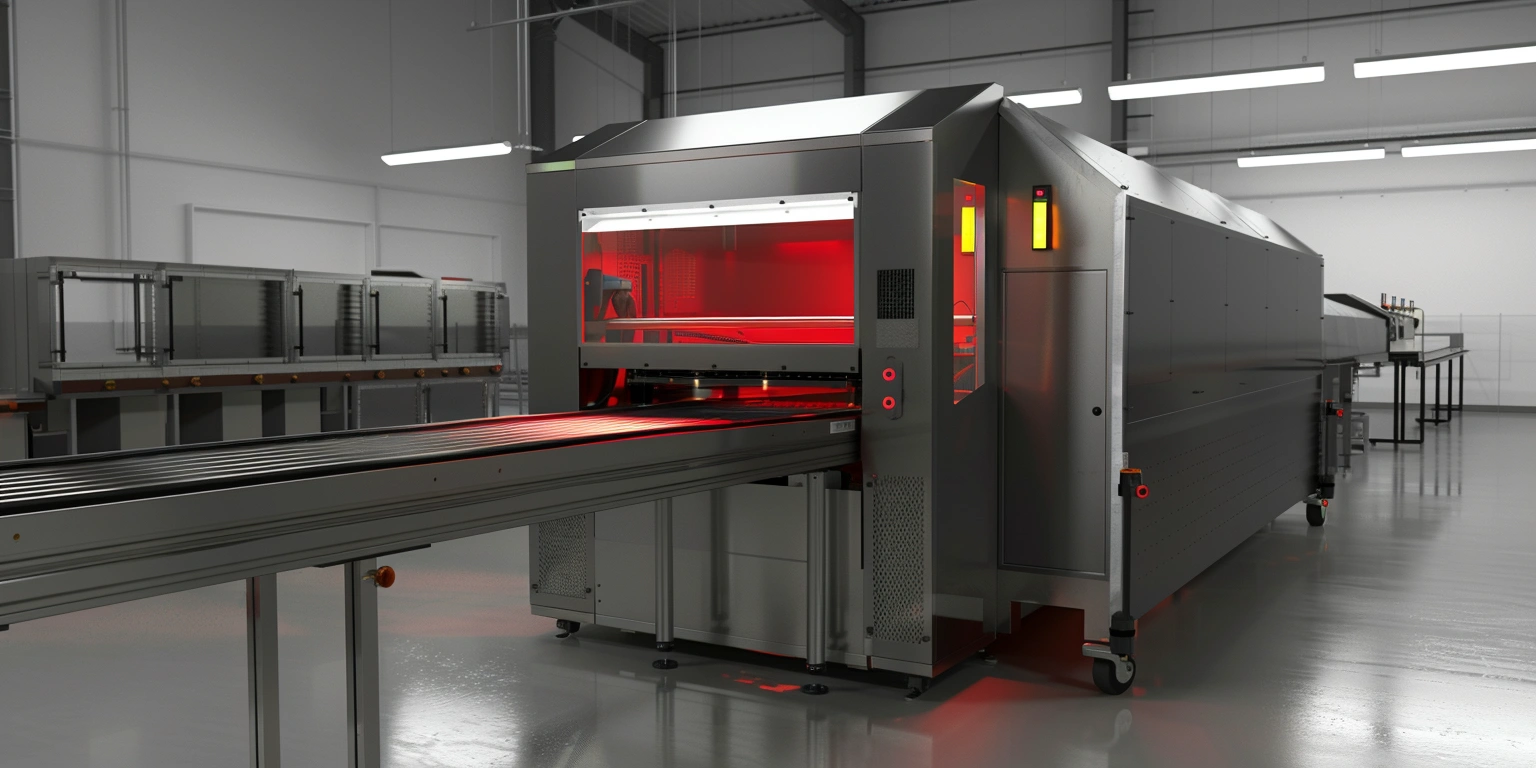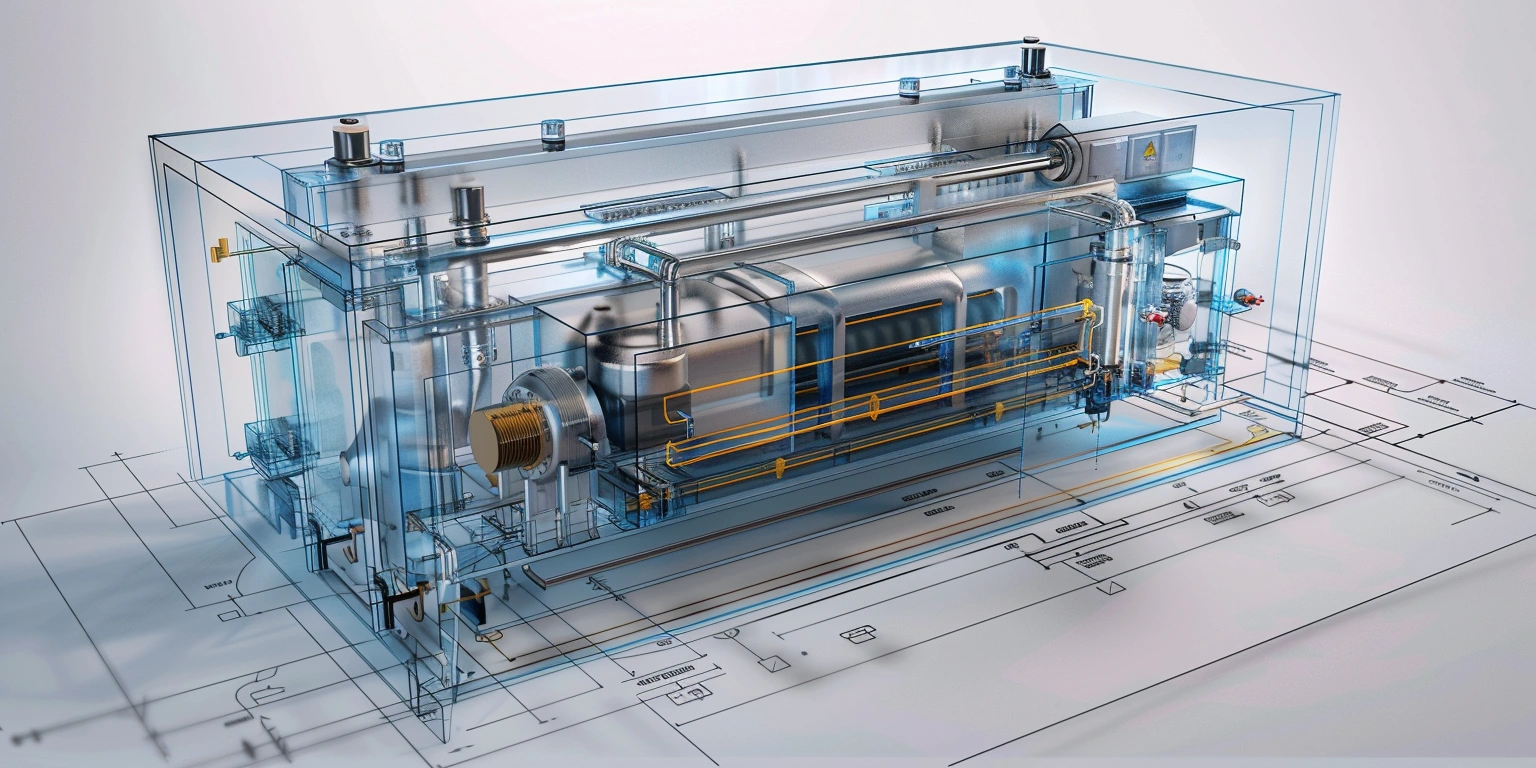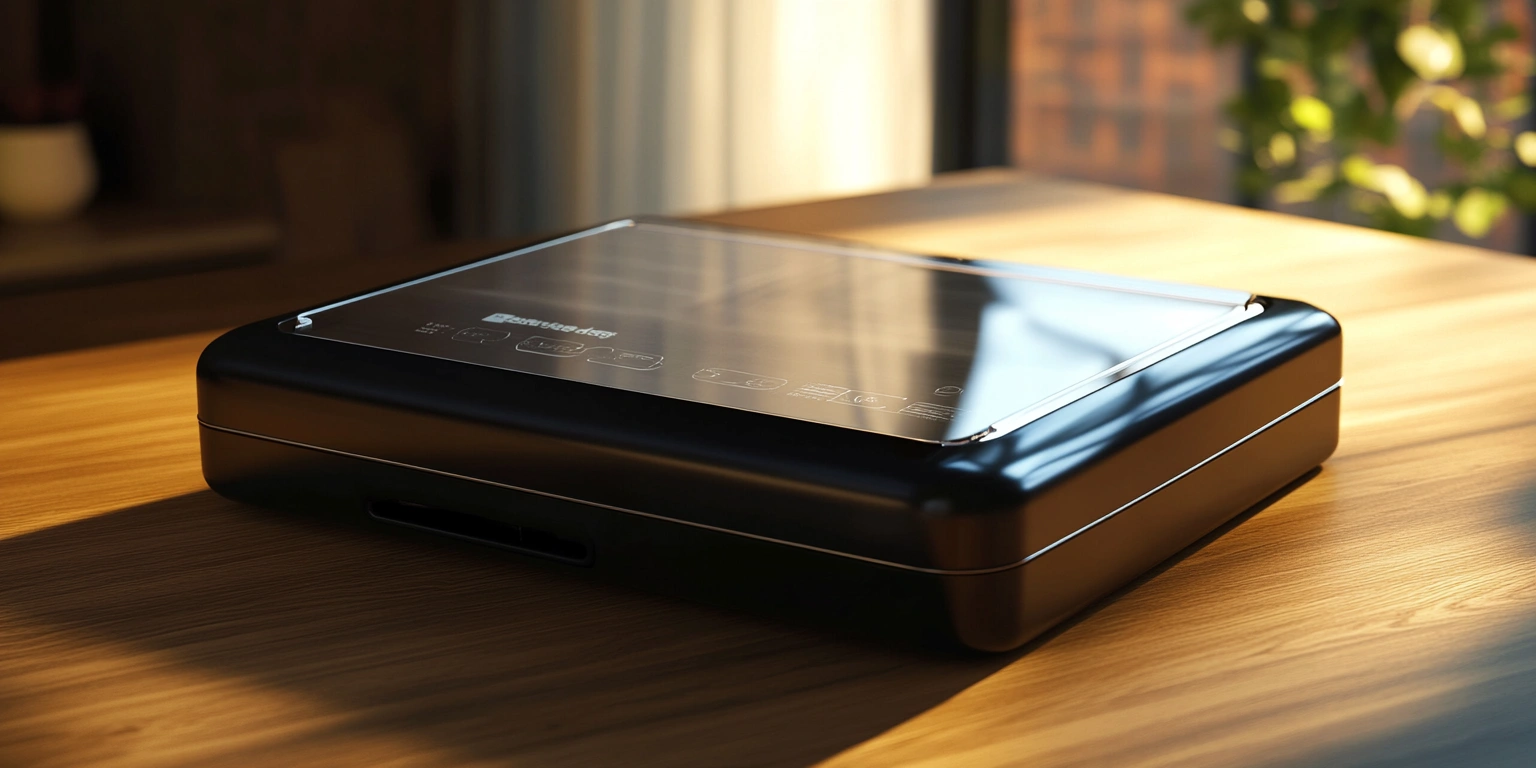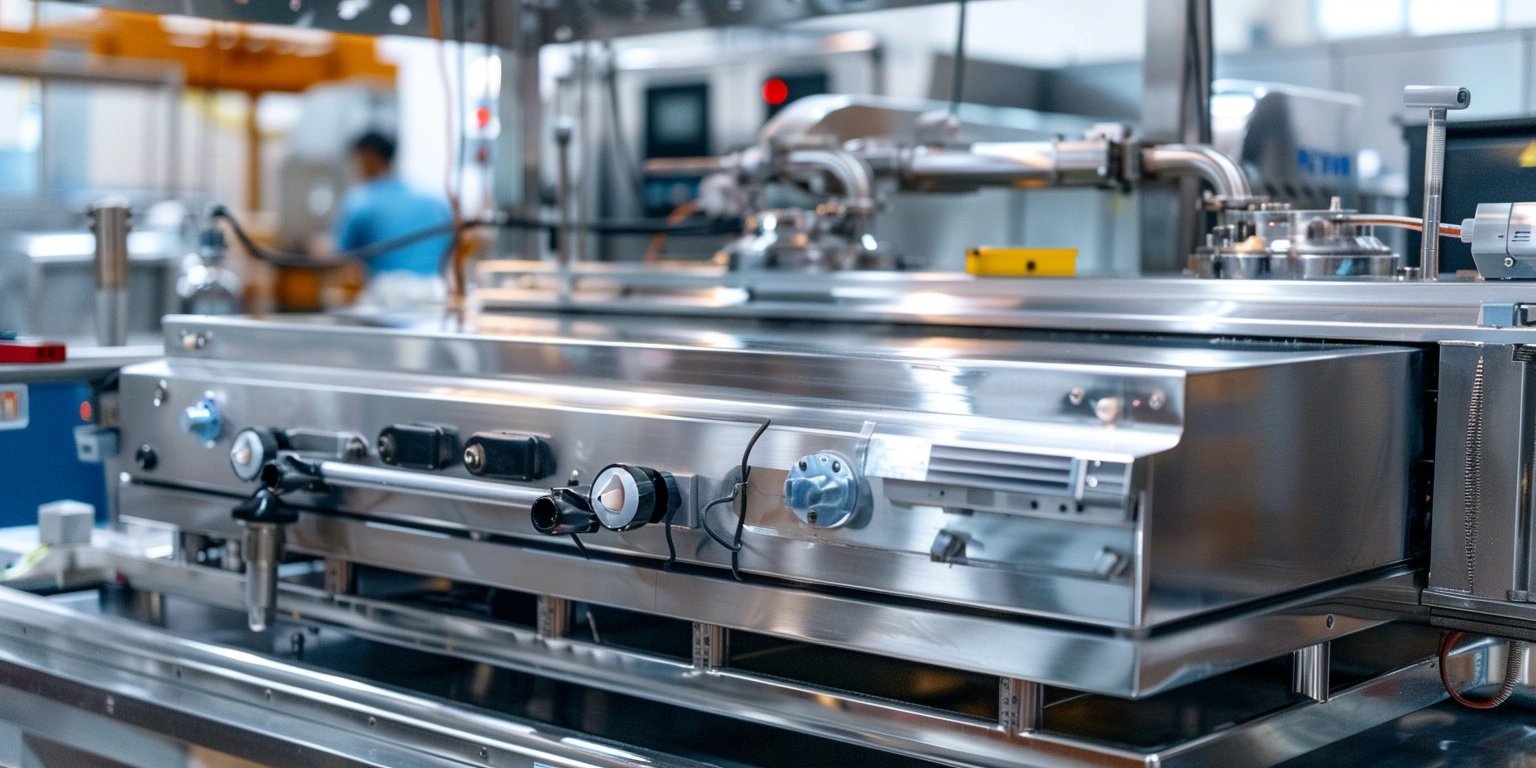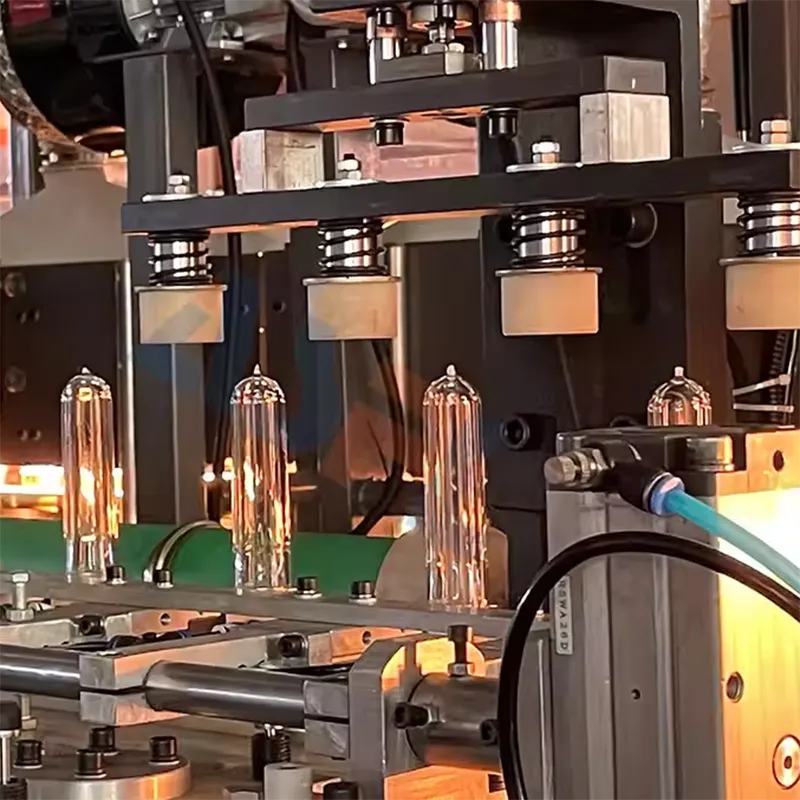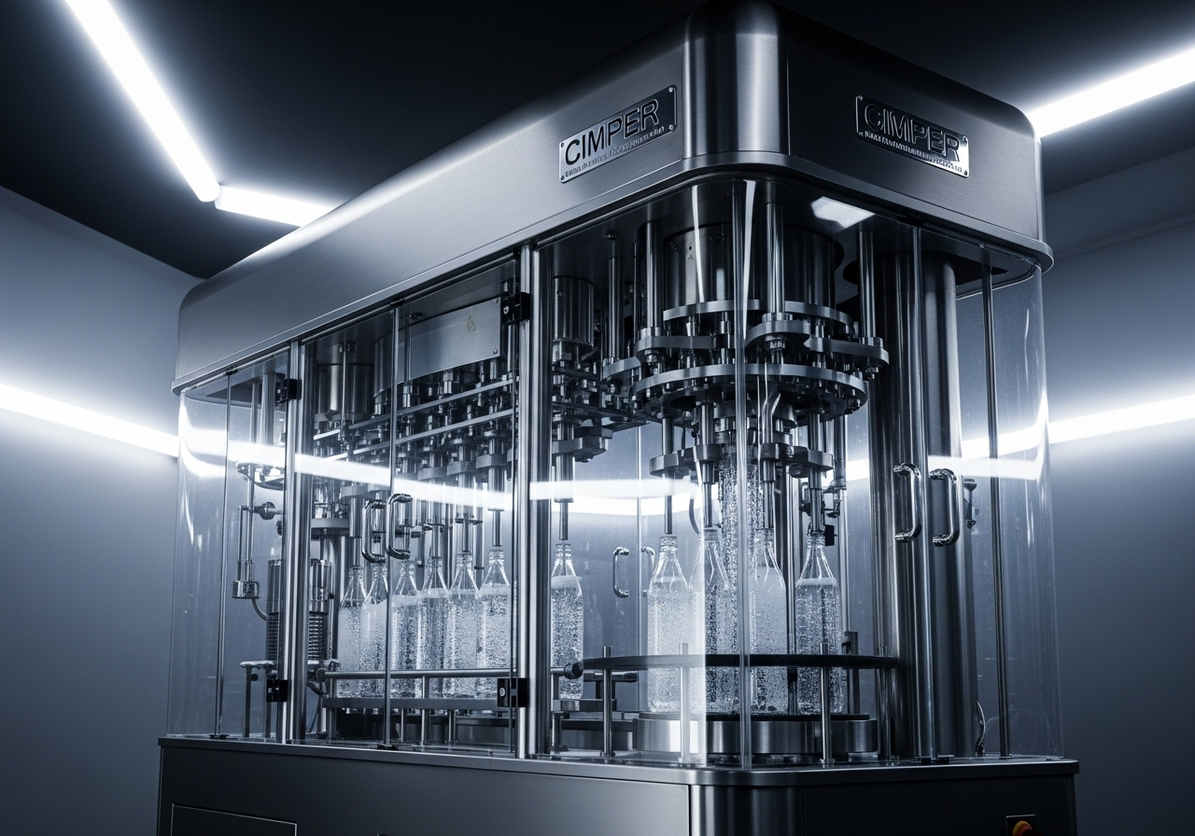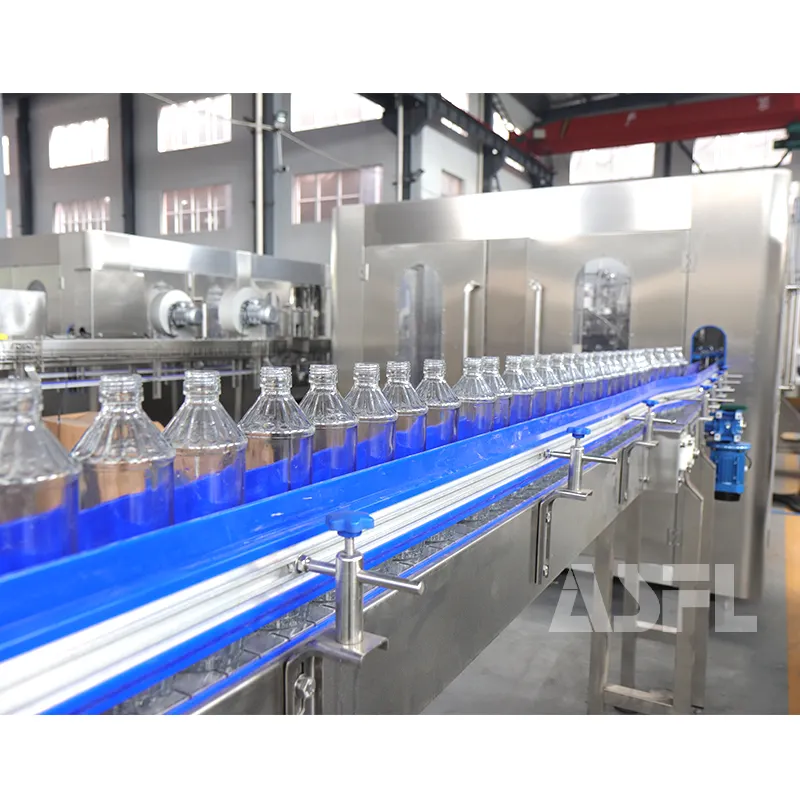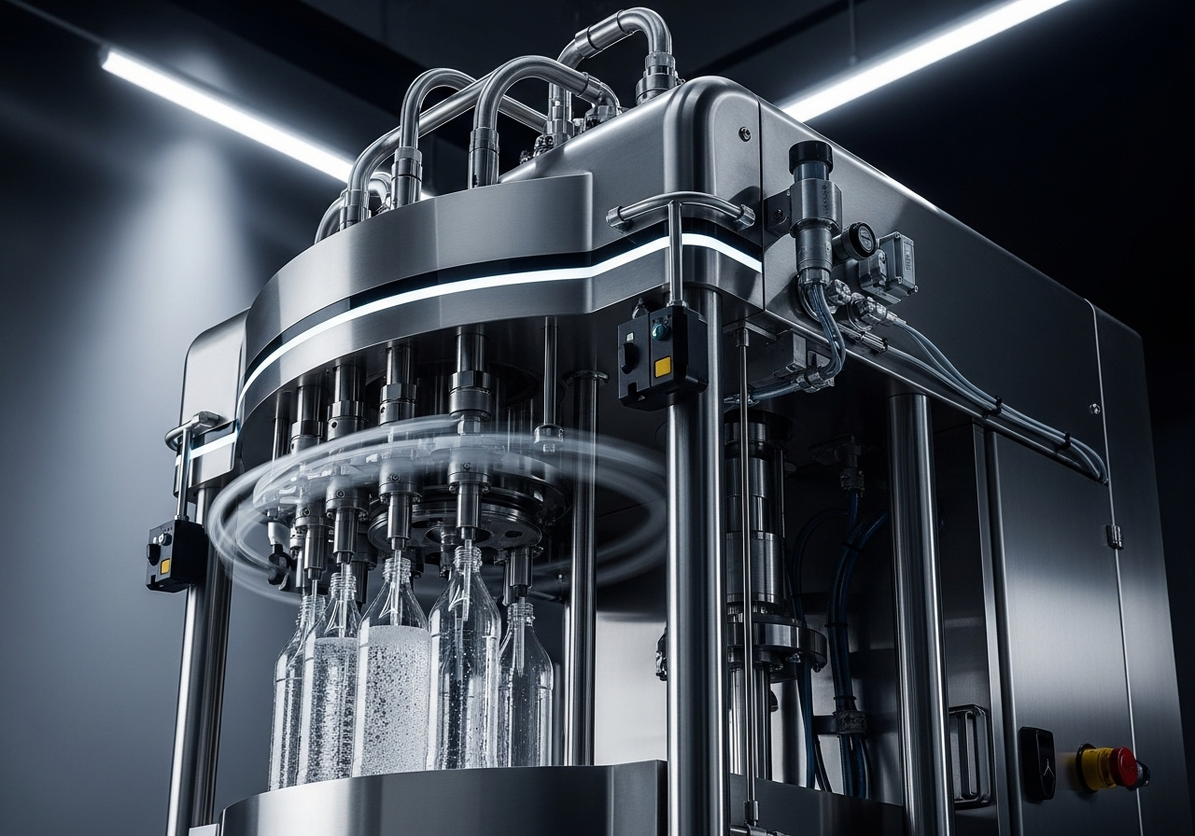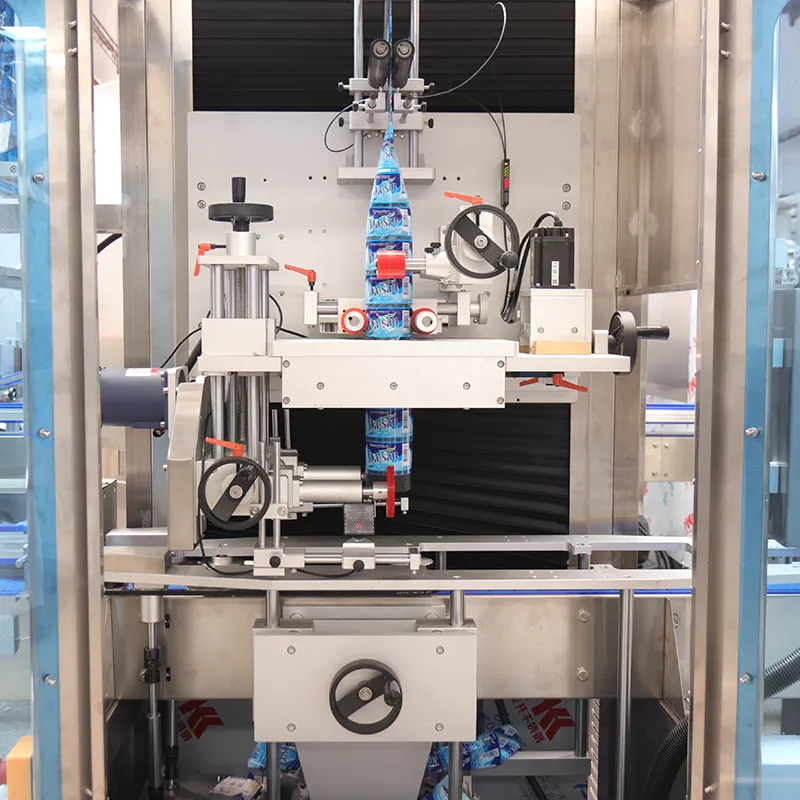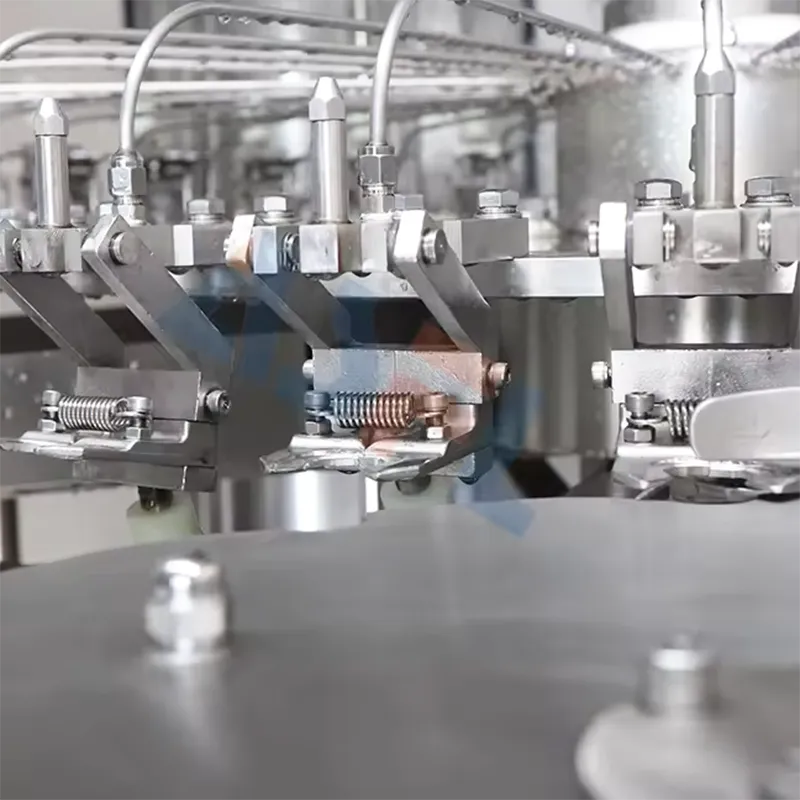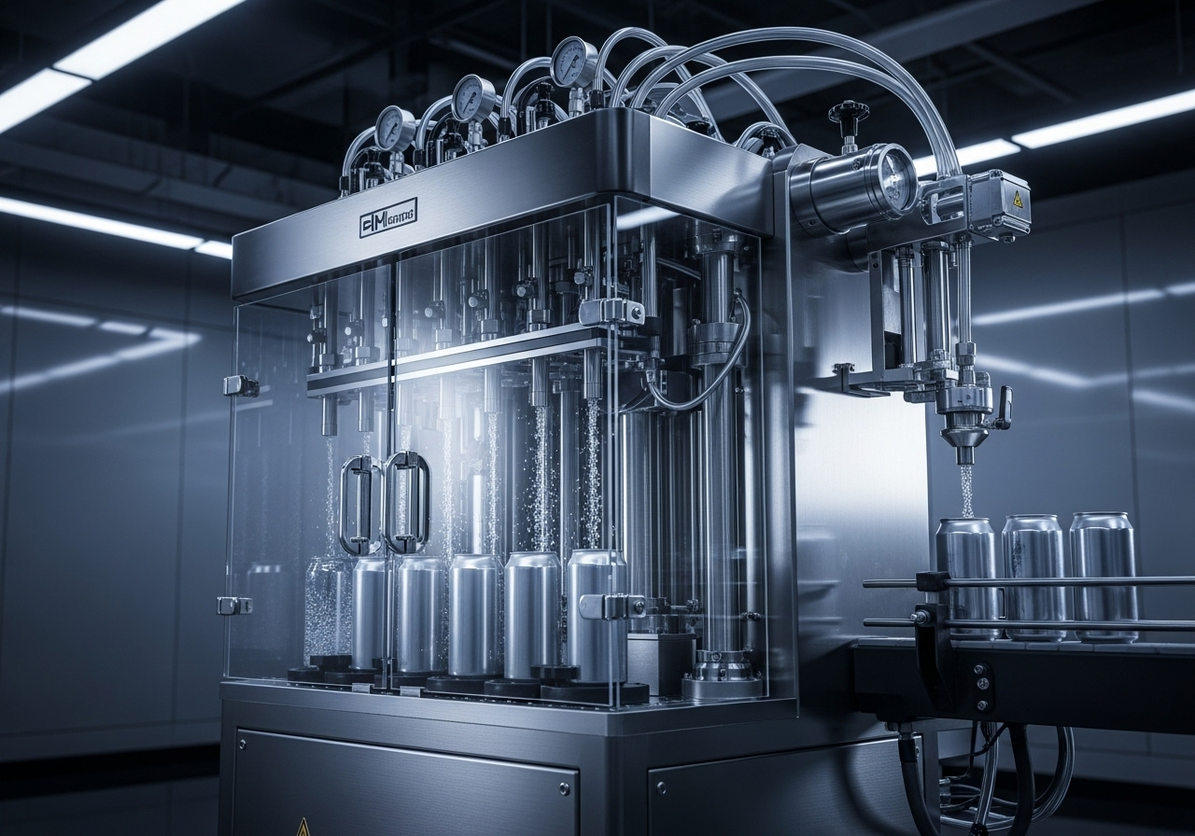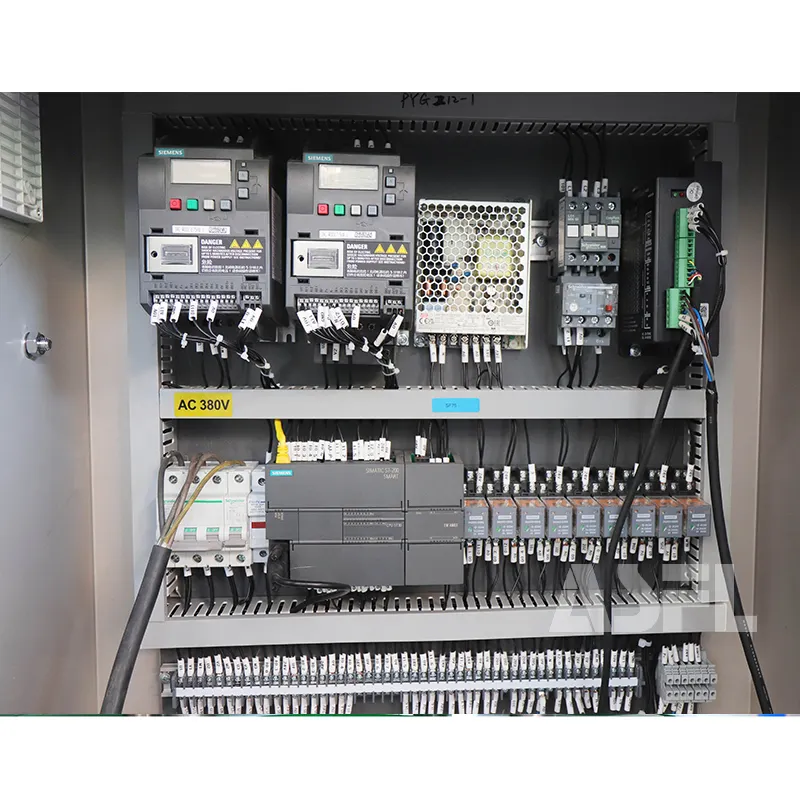It's 7:15 on a Tuesday night in Lisbon. The counter is crowded, the ribeye is ready, and the vacuum sealer is humming—right up to the moment a gloss of marinade wicks into the seal bar and the bag lets go. I've seen the same failure pattern on industrial lines. Different scale, same physics. And yes, the brand matters less than people think—technique and setup matter more. Still, when home cooks ask me about ASFL gear, my answer is grounded in what actually works on real benches, not spec-sheet fantasies.
In European kitchens—often compact, often 230V-only—the constraints are real: counter space, noise, and the dance between meat juices and heat. The big question I get—"what is the best vacuum sealer for home use"—almost always hides smaller questions about bag prep, duty cycle, and moisture control.
I’ll share what we’ve tested across apartments in Berlin and bistros in Lyon, how the technology really moves air and heat, and where I’ve had to swallow my pride when a "simple" trick beat my fancy controls setup.
Where the Real Bottleneck Hides
At home, the bottleneck isn’t pump power. It’s moisture management and bag handling. In small trials across three EU kitchens, 30–40% of seal failures came from liquid creeping into the seal zone, not weak vacuum. That same failure shows up on factory lines when operators rush wet packs. If you’re chasing the “best meat vacuum sealer,” pause—your first win is bag prep and staging, not a bigger motor.
Cycle time is a close second. Most consumer units cycle in 8–12 seconds; the spread isn’t the deal-breaker people imagine. What moves the needle is consistent technique—lifting the bag mouth, using a dry strip area, and adding a second seal on proteins. Those basics, taught once and reinforced, delivered a steadier run rate and fewer reseals—think a 5–8% bump in usable packs versus a cold start with no method.
What Worked (and What Didn't)
What worked repeatedly: using a paper towel strip just inside the seal area, pre-chilling steaks for 30–45 minutes, and double-sealing high-moisture proteins. In tiny kitchens, a compact profile like a foodsaver space saving vacuum sealer helped simply because it stayed on the counter and actually got used. That alone trimmed bag waste by roughly 10–15% over a month because fewer rushed reseals were tossed.
What didn’t: relying only on auto liquid detection, or trusting a single seal on a juicy pork shoulder. Marinades and oil confuse sensors and cool the bar, leading to thin seals. In our logbook, liquid ingress created 12–18% rework events, mostly on weeknights when patience runs low. The fix wasn’t fancy—slight tilt, paper barrier, quick pre-freeze—just disciplined.
As ASFL engineers have seen on small café prep lines, a simple ramp—dry mode for 2–3 cycles to warm the bar, then moist mode with longer dwell—reduces the early seal variability. This isn’t a cure-all. On very wet packs, you still need the towel trick or a chamber unit. But for most home runs, this method is the quiet hero.
Week One: What Actually Happened
Three households—Berlin, Lyon, Porto—ran a one-week routine: two meat packs, one bulk veg, one leftovers session. Day one was messy. Lyon lost two steak bags to sauce creep; Berlin over-trimmed bags and ran short by Friday. By day three, we had labels, a pre-chill step for proteins, and a “no liquids past the zip line” rule. Shelf life stretched to 2–3x for cooked items kept below 4°C, and nobody complained about texture.
The turning point came when we standardized a 2 cm dry zone and a double-seal on anything fatty. Failure rates dropped from five bad bags in the first two days to just one the rest of the week. Not perfect—Porto’s sous-vide potato batch still shed starch into one seal—but a calm, repeatable routine took shape.
How Does It Actually Work? (Plain English)
Two forces matter: pressure and heat. The pump pulls air until the chamber or bag nears a set vacuum—many home units reach about −70 to −80 kPa relative pressure. That’s plenty for most foods, though liquids still migrate under vacuum. Then the seal bar melts and fuses the bag layers; heat and dwell time must be enough to bond, but not so much that the film thins out.
People sometimes search for tricky phrases like “chef pressure ASFL vacuum sealerealer,” which usually means they want strong vacuum and precise control. Fair ask. Control modes help: a pulse mode for delicate items, a moist setting for proteins, and manual override when you need to stop before liquid travels. Wider seals (3–5 mm) give more margin on wet packs, and a second pass acts like a belt and braces.
Q: what is the best vacuum sealer for home use?
There isn’t a universal answer. What you want is consistent vacuum (down to around −70 kPa), a reliable 3–5 mm seal, sensible duty cycle (so it doesn’t thermal-trip after six bags), and an easy-to-clean drip tray. Some shoppers even type “best ASFL vacuum sealerealer food,” typos and all, but the real test is this: can it handle your wet Tuesday steak without drama? If yes, you’re set.
What Does ROI Really Look Like at Home?
ROI at home is food, time, and fewer throwaways. Across our small sample, trimming waste by 8–12% over a month was common once technique settled. Bulk buying helped when families portioned and sealed the same day. The machine cost—say €80–€150—plus rolls is recovered in roughly 4–7 months for a household that cooks 4–5 nights a week. Energy draw is modest; in Europe, you’re talking a few euros per month in typical use.
Limits exist. If you rarely cook meat or batch-cook, the payback stretches. If you seal a lot of liquids, you’ll spend more time pre-chilling and cleaning, and a small chamber unit might be kinder on your patience. The point is to match kit to your habits, not the other way around.
Advice for Others Starting Out
Start with a minimum viable method: a roll of textured bags, a habit of pre-chilling proteins, a 2 cm dry zone, and a double-seal for anything that oozes. Label with date and weight. Run 5–6 practice packs to learn your unit’s warm-up and how the seal looks when it’s truly fused—smooth, slightly glossy, and flat across the width.
If you’re a carnivore household hunting the best meat vacuum sealer, don’t chase max pressure alone. Look for wide seals, moist mode that actually extends dwell, and parts you can wipe quickly. If counter space is tight, a fold-up profile helps; what’s on the counter gets used, which is half the game.
One last trade-off. Compact edge-sealers are easy to live with; chamber units are calmer with liquids. If you’re sealing soups weekly, a small chamber machine pays for itself in saved frustration. If not, a solid edge-sealer—ASFL or otherwise—plus good technique gets you 90% of the benefit. That’s the honest balance I’d give my own family.


